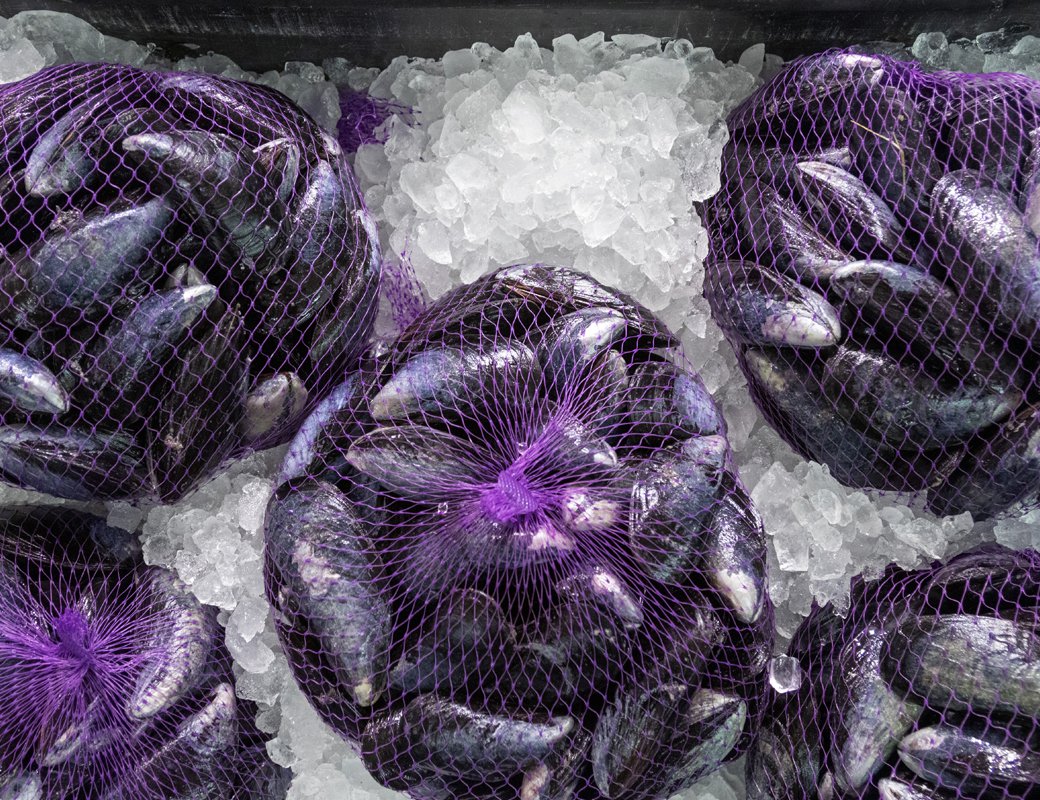Maine Farmed Shellfish Market Analysis
Gulf of Maine Research Institute, The Hale Group LTD
Price. Demand. Competition. Do you have a handle on these factors? Grounding your business in an understanding of the market allows you to plan more carefully and fully leverage Maine’s competitive advantages.

Oysters have the most established market of any of Maine's cultured shellfish species. Due to increases in oyster production in Maine and competing regions in recent years, the oyster market is also the most competitive of any farmed shellfish, but still presents lots of opportunity. Oyster markets are unique from other farmed seafood because their characteristics vary significantly depending on environmental factors and growing techniques; and they are typically distinguished by variety on restaurant menus. This presents both an opportunity and a challenge for sea farms to differentiate their product by establishing a unique value proposition.
Mussels have strong markets and less competition than oysters. Compared to oysters, there is less of a focus on brand/variety for mussels. Buyers are most concerned about volume, logistics, quality, and price.
Scallops have incredibly strong markets, but growing techniques have yet to be commercialized at scale. Recent advancements in growing techniques and technology are promising. The general seafood marketplace does not yet have a full understanding of farmed scallops which take many different forms (princess, whole, roe on) versus the wild fishery that sell large meats. Differentiating farmed scallops from wild-caught with unique product forms has potential to fetch the highest value.
Current kelp markets are promising, but the challenge lies in the fact that most Americans are not accustomed to eating “sea vegetables.” There is great work being done to expand markets and develop new products including human foods, animal feeds, agricultural uses, bioplastics, biofuels, cosmetics & nutraceuticals. Many experts believe we haven’t even scratched the surface of kelp’s potential value.
Gulf of Maine Research Institute, The Hale Group LTD
Coastal Enterprises, Inc., rbouvier consulting
